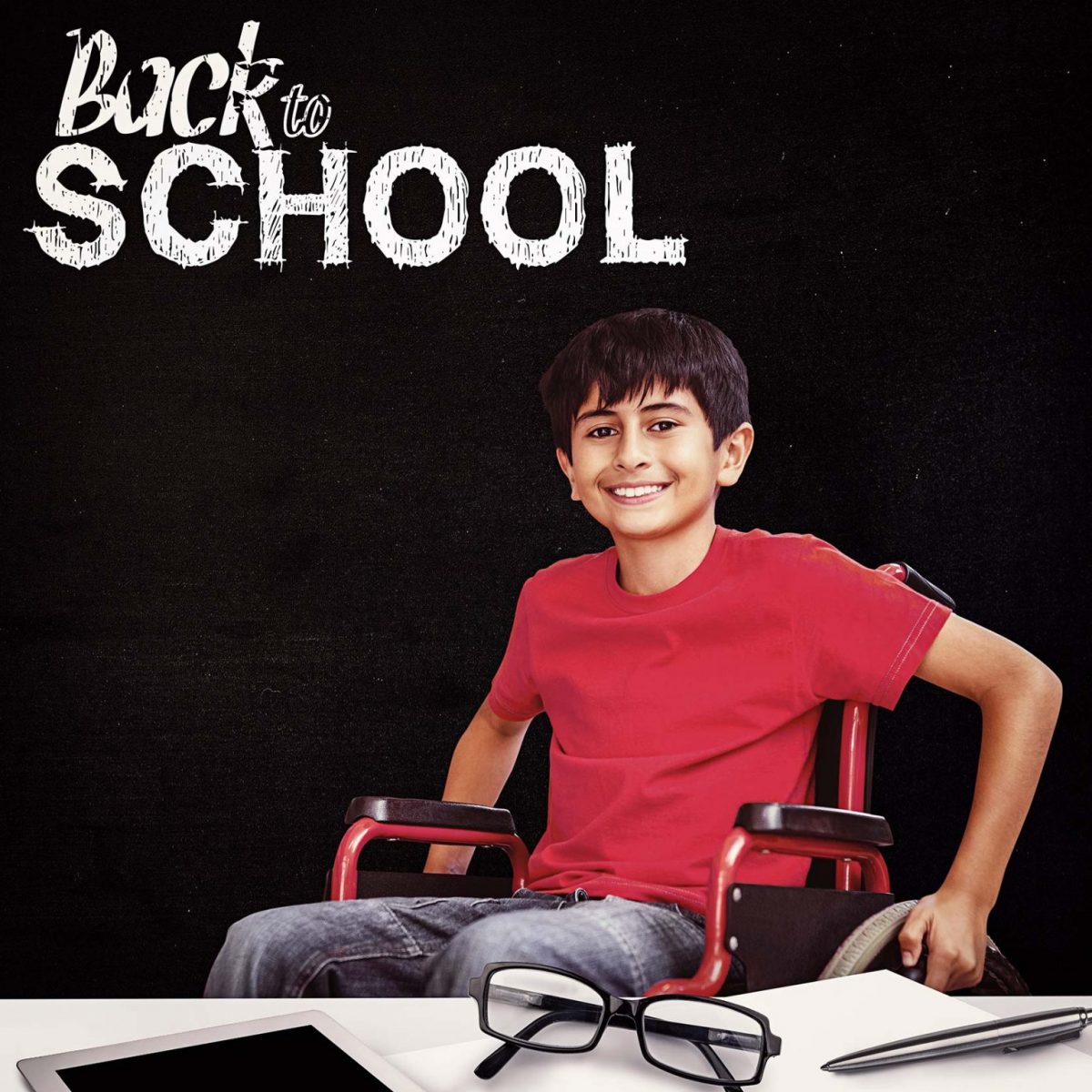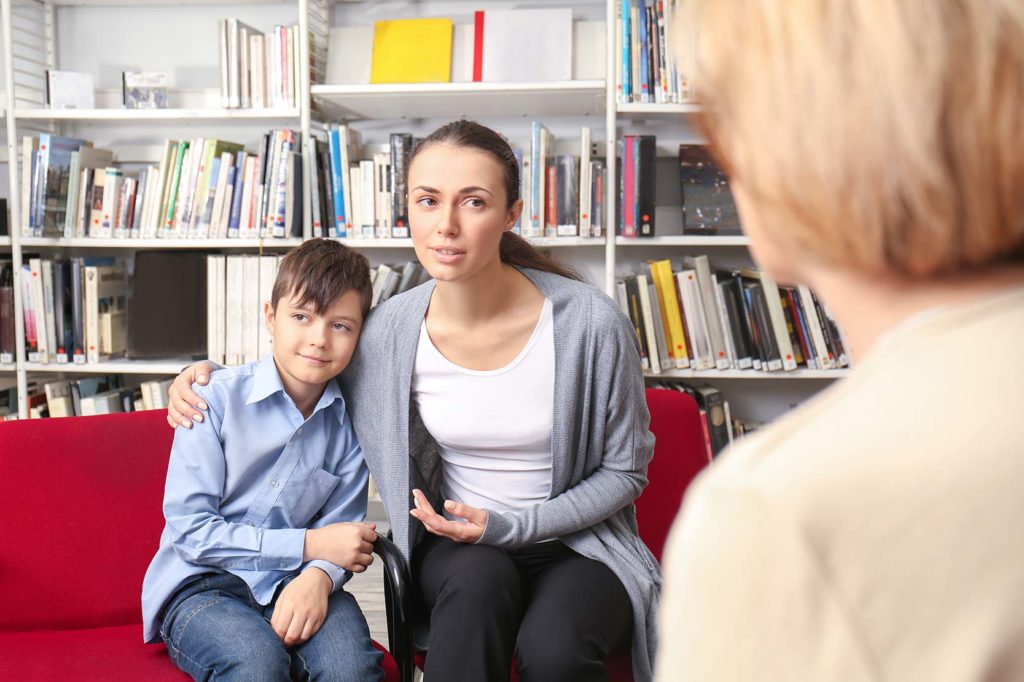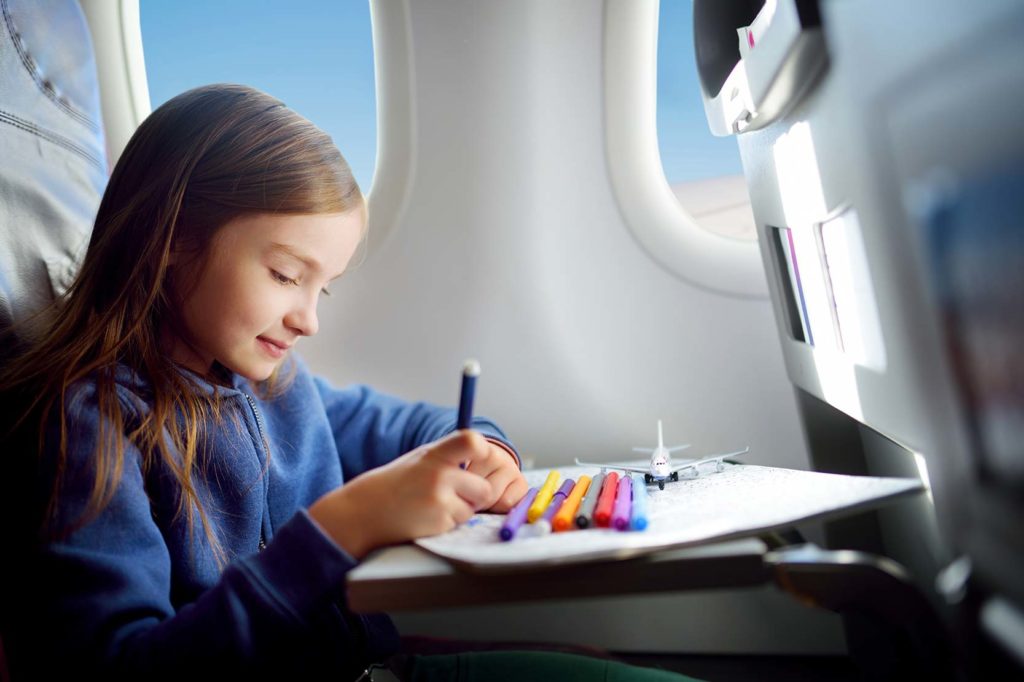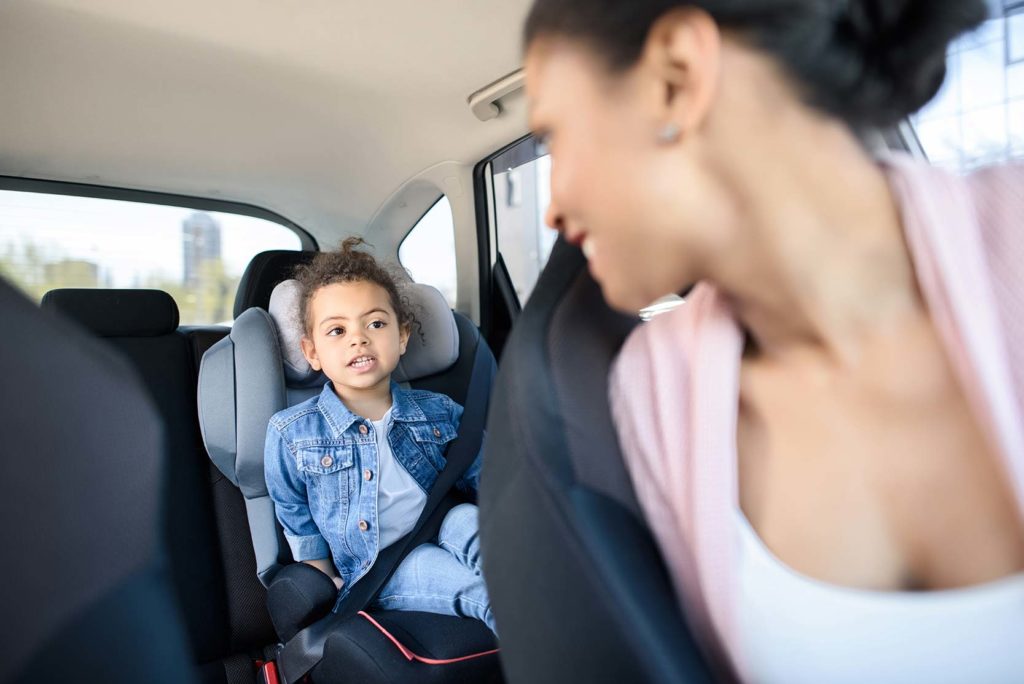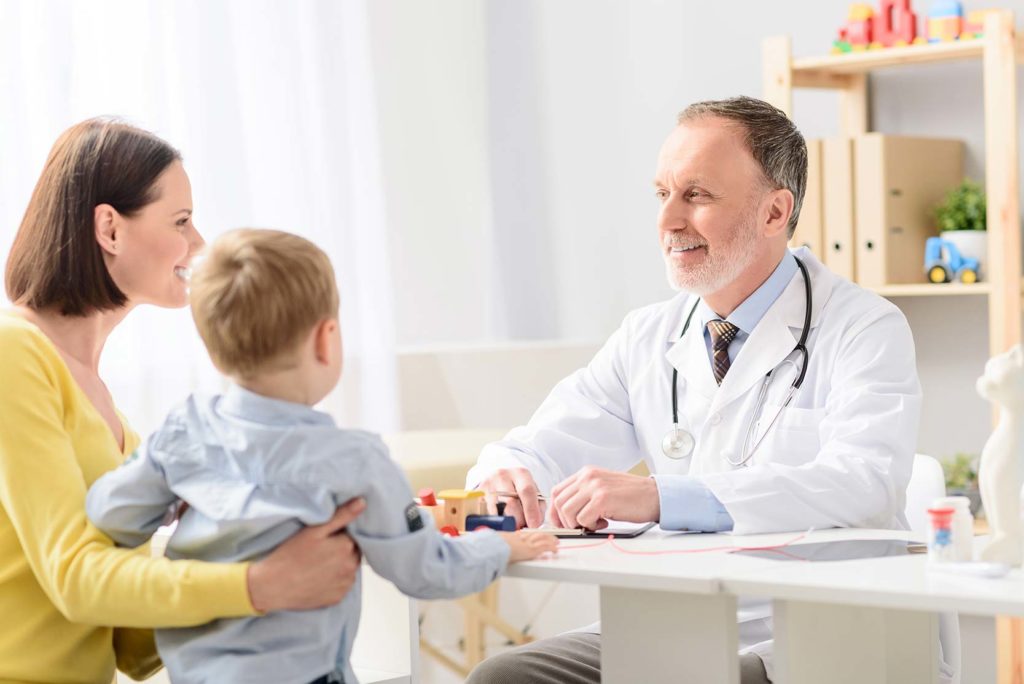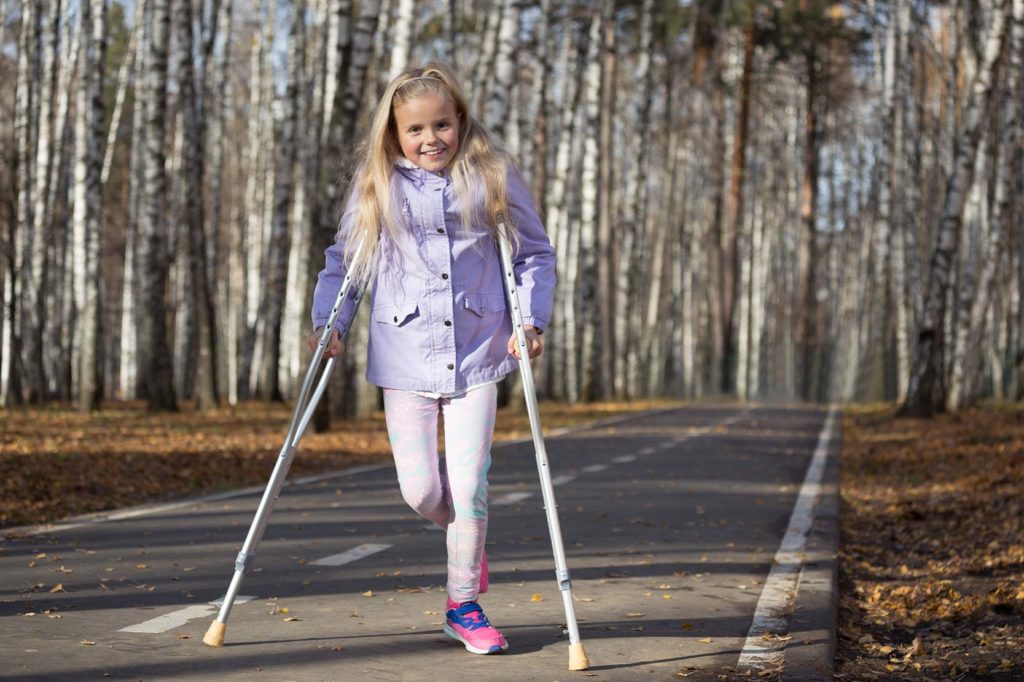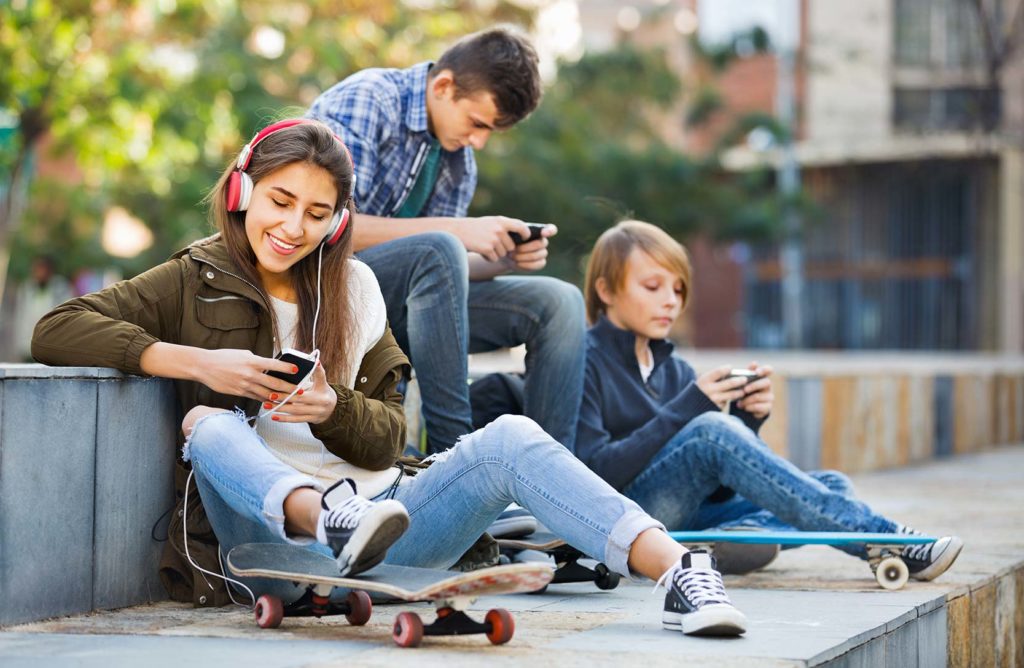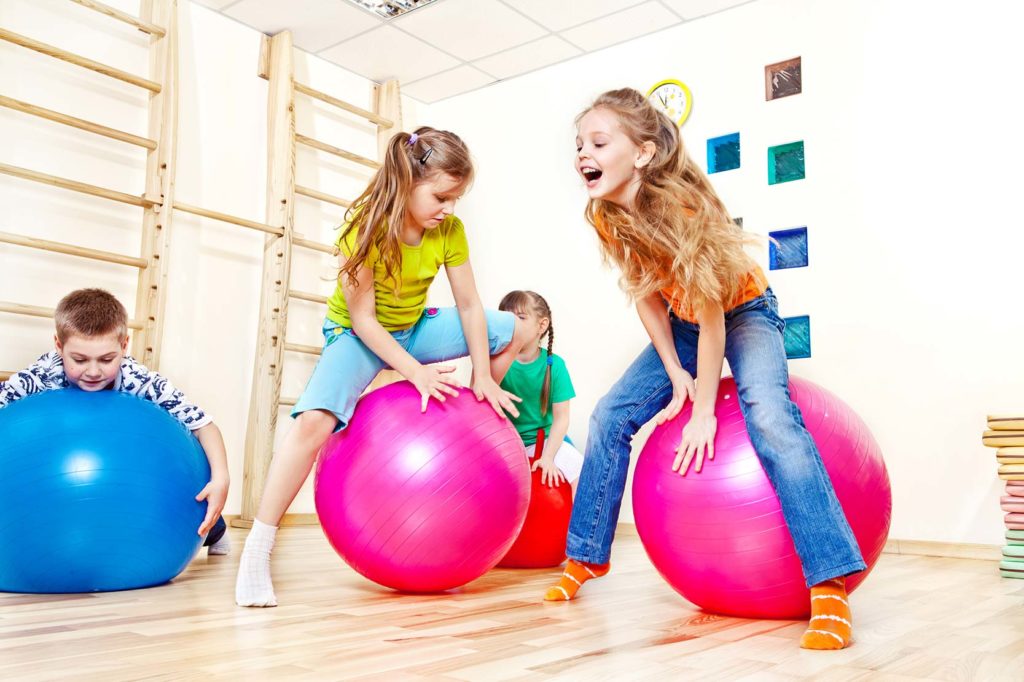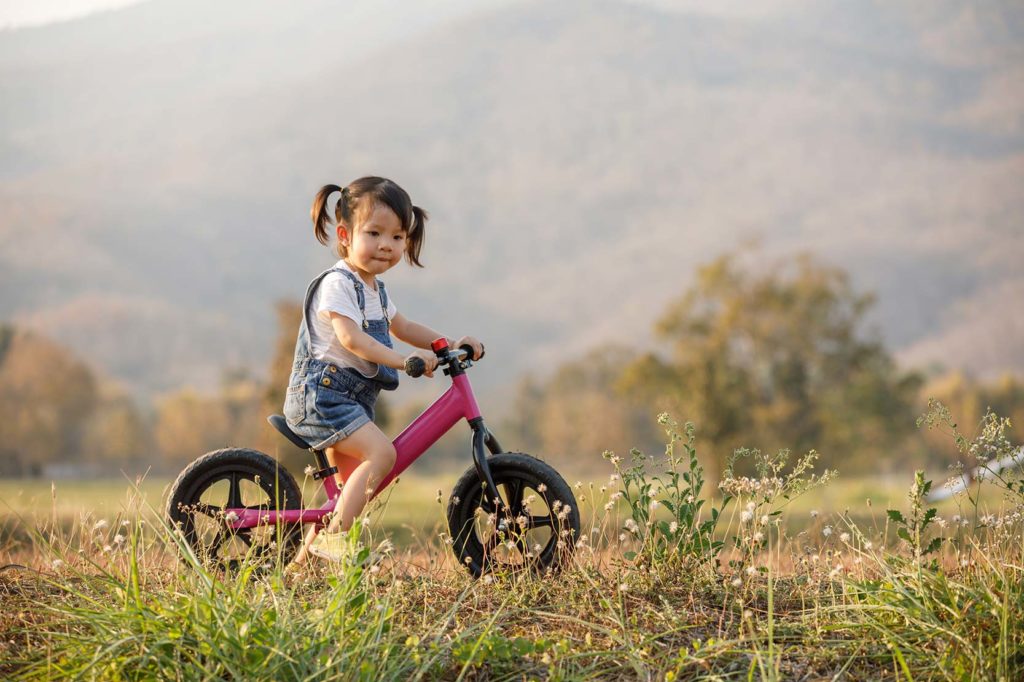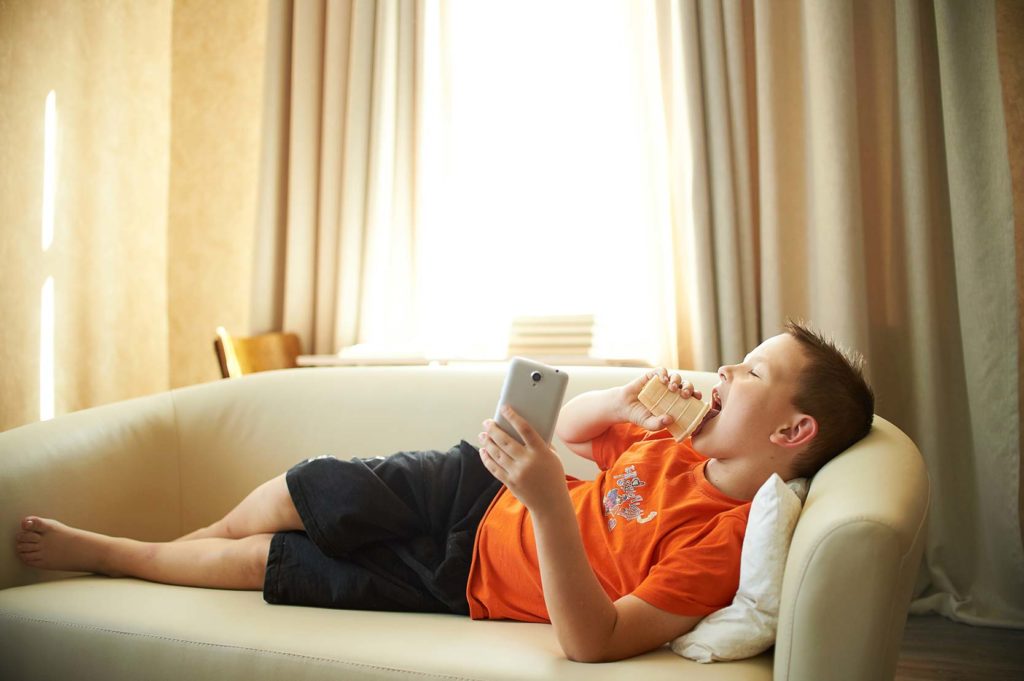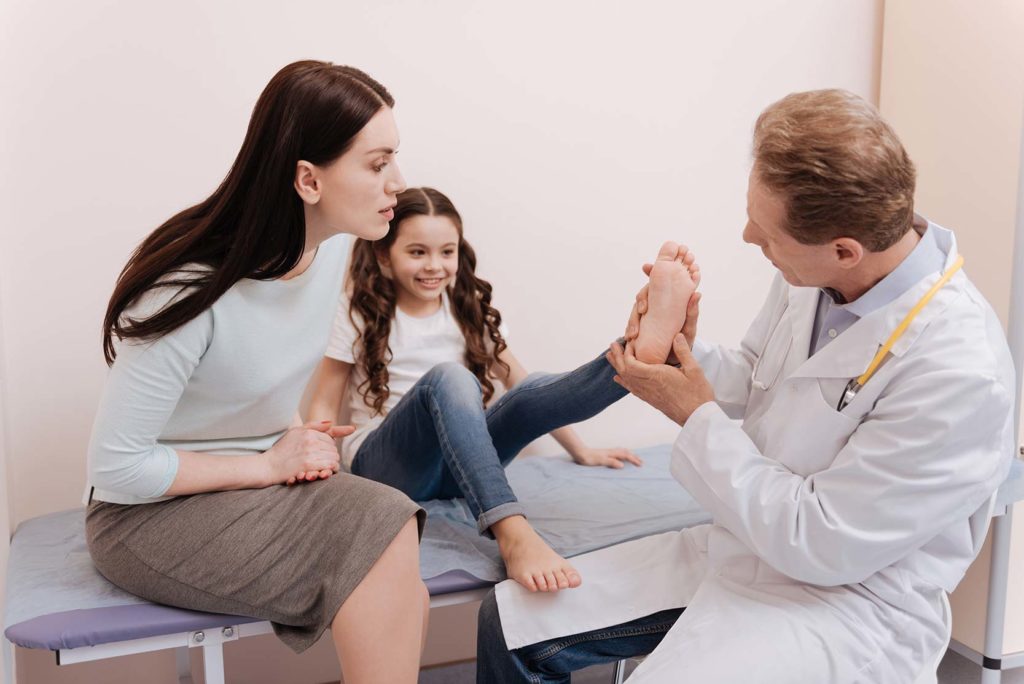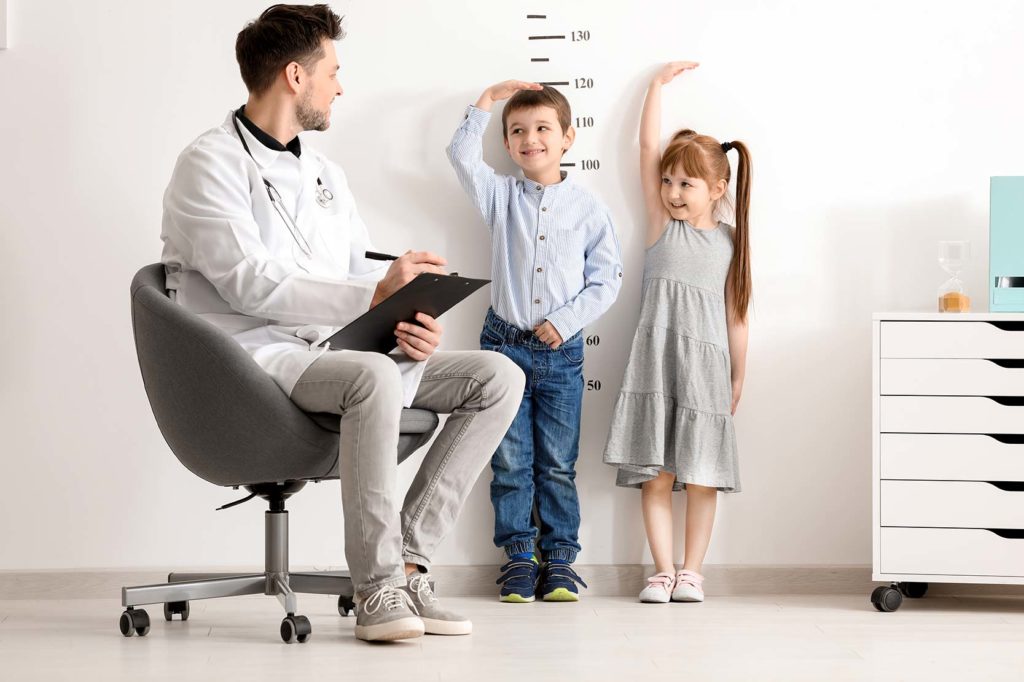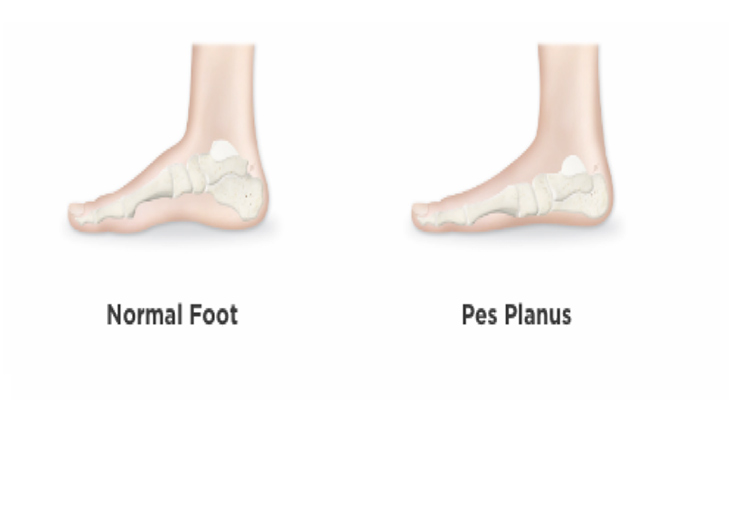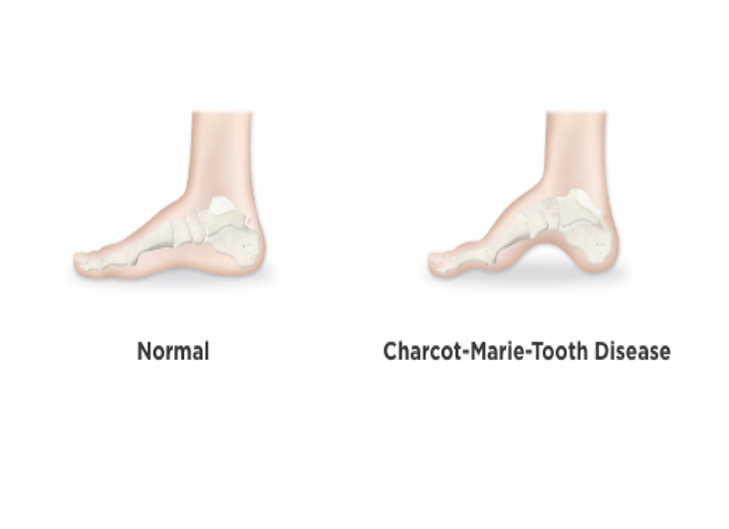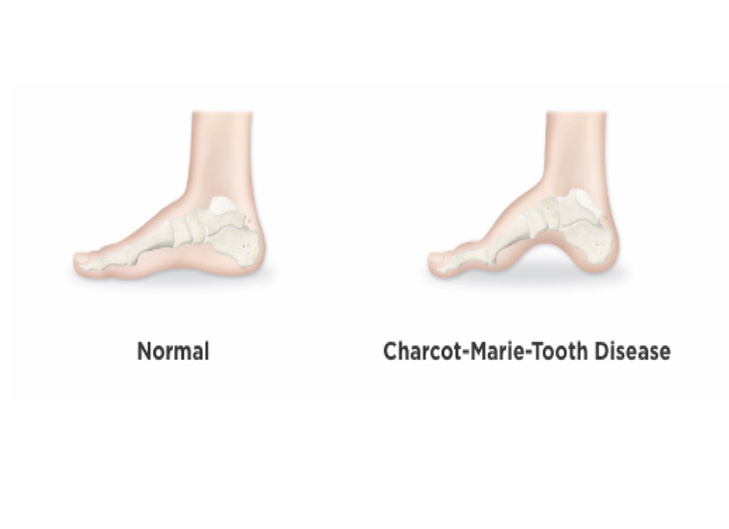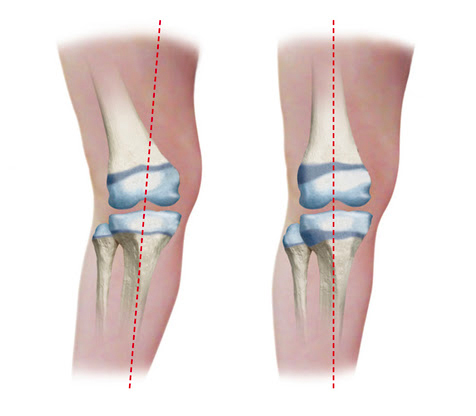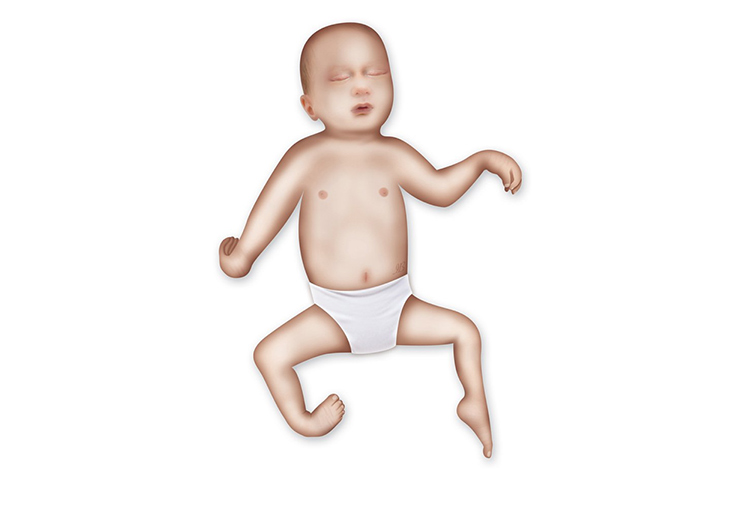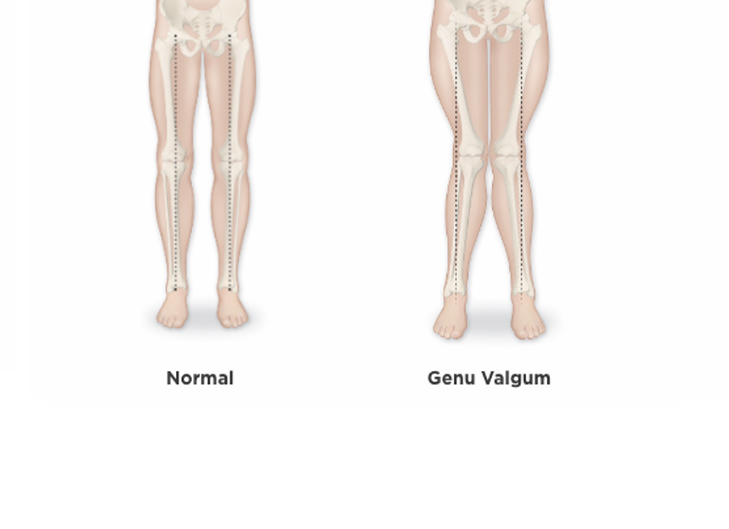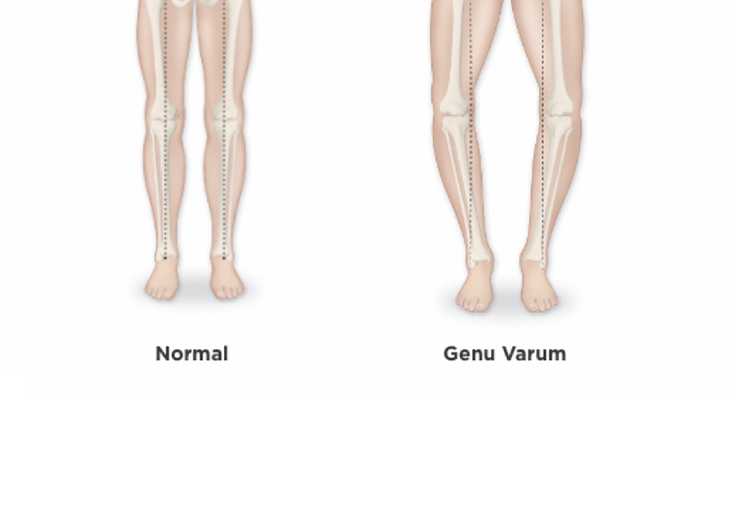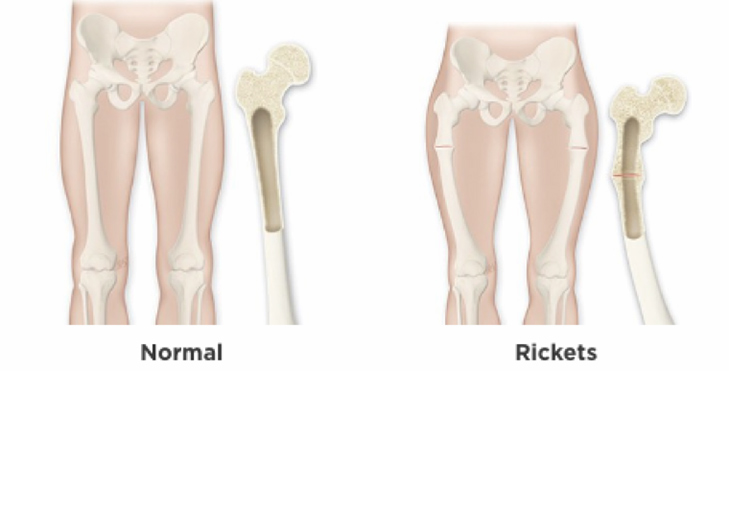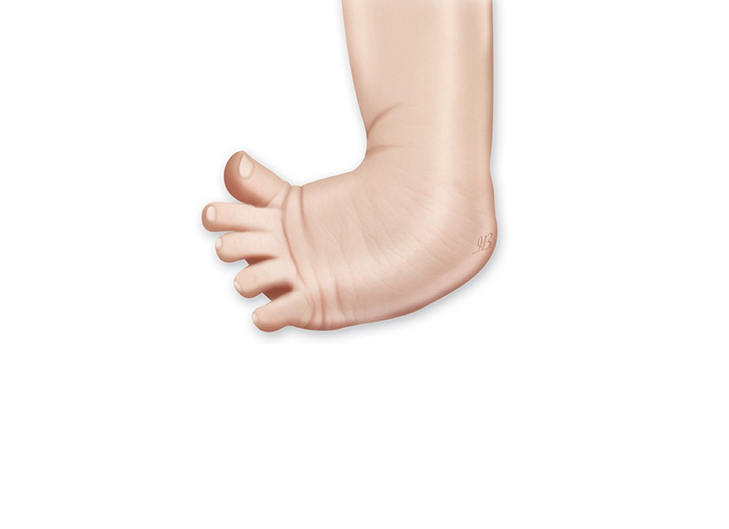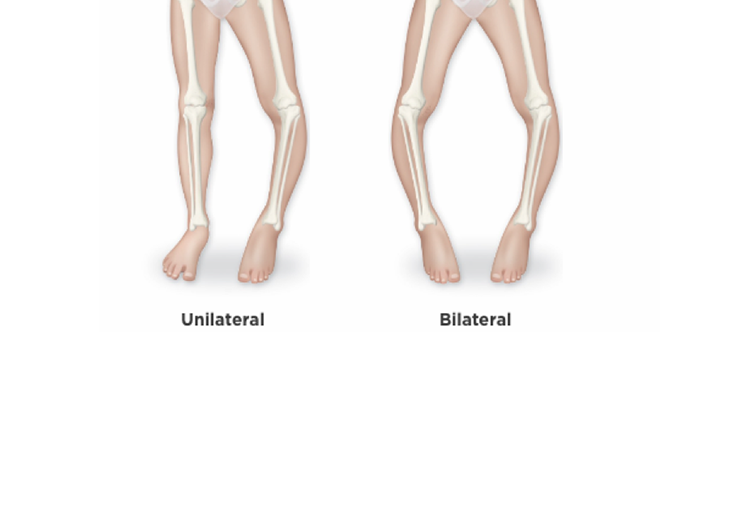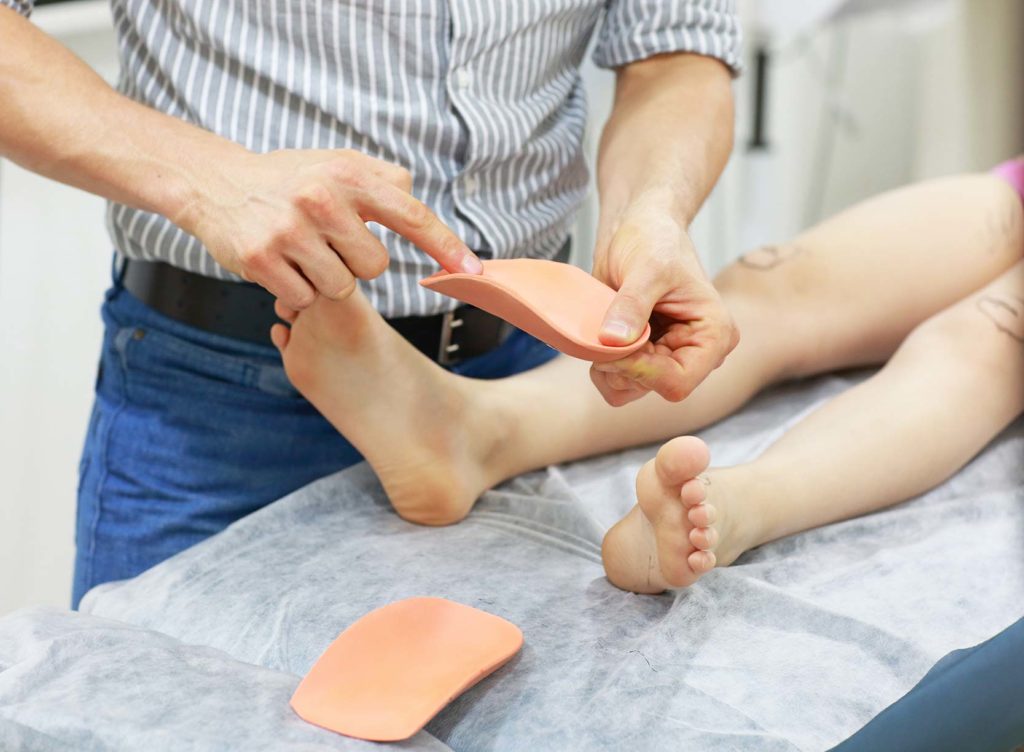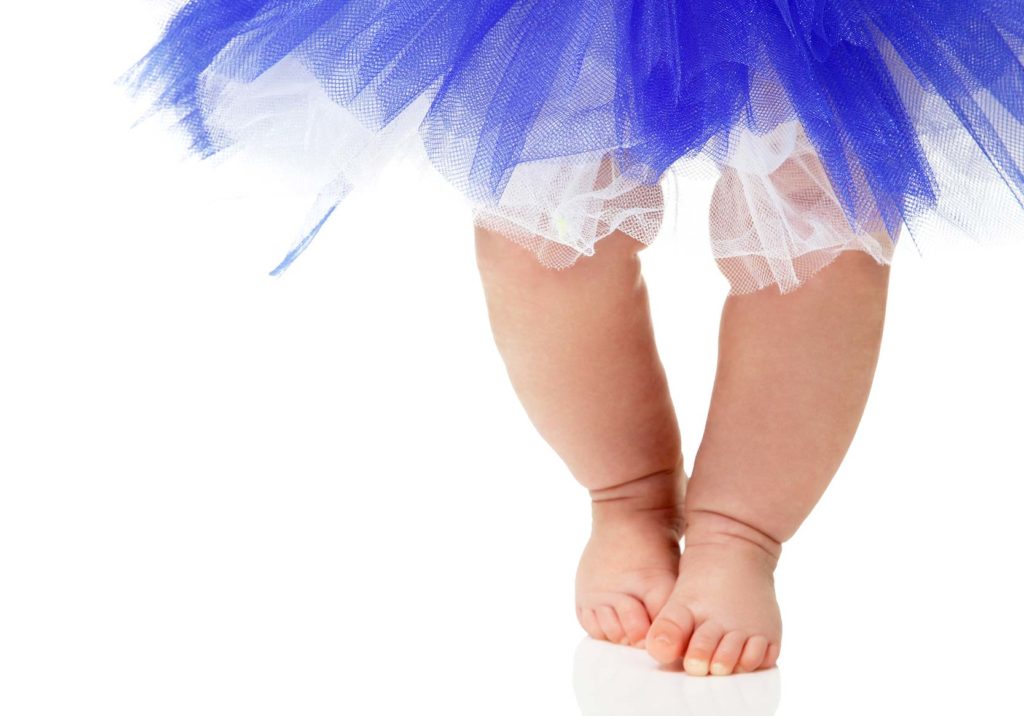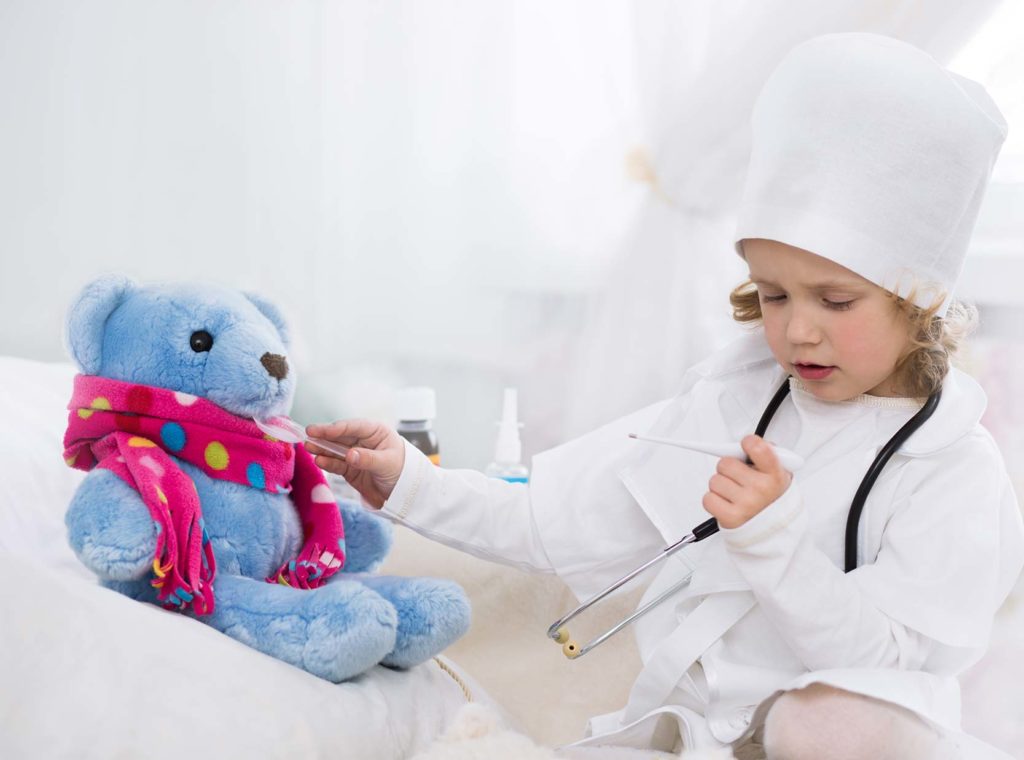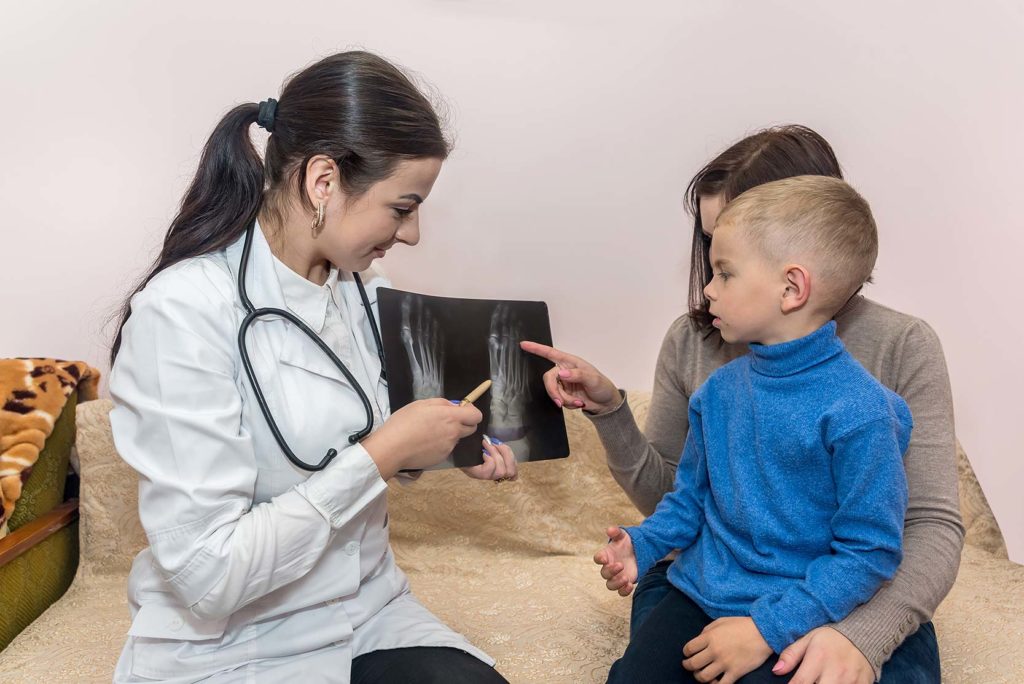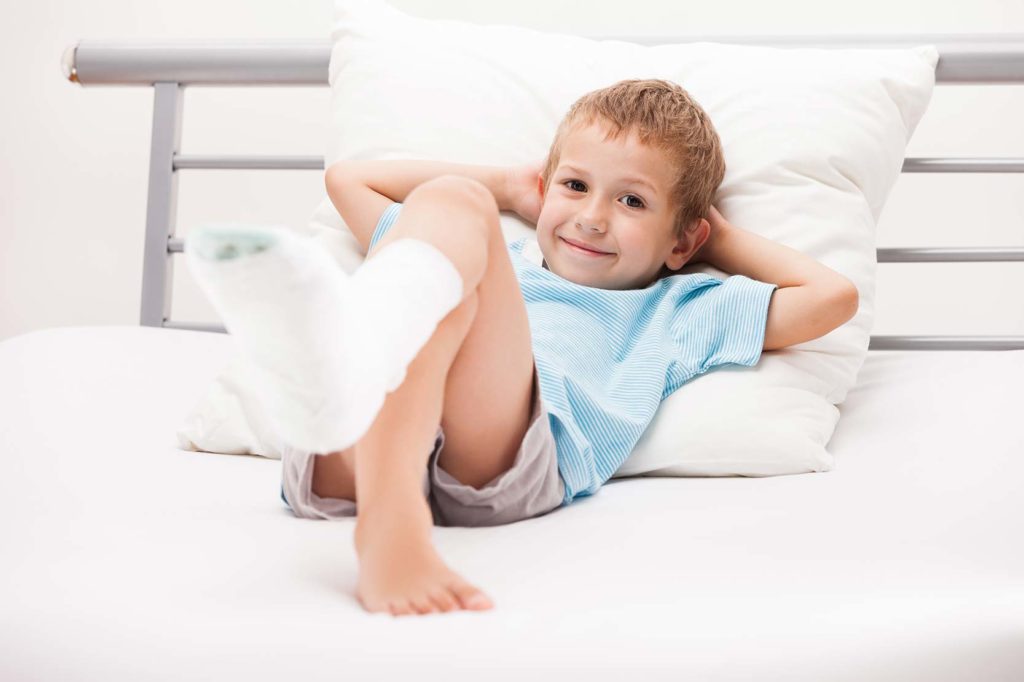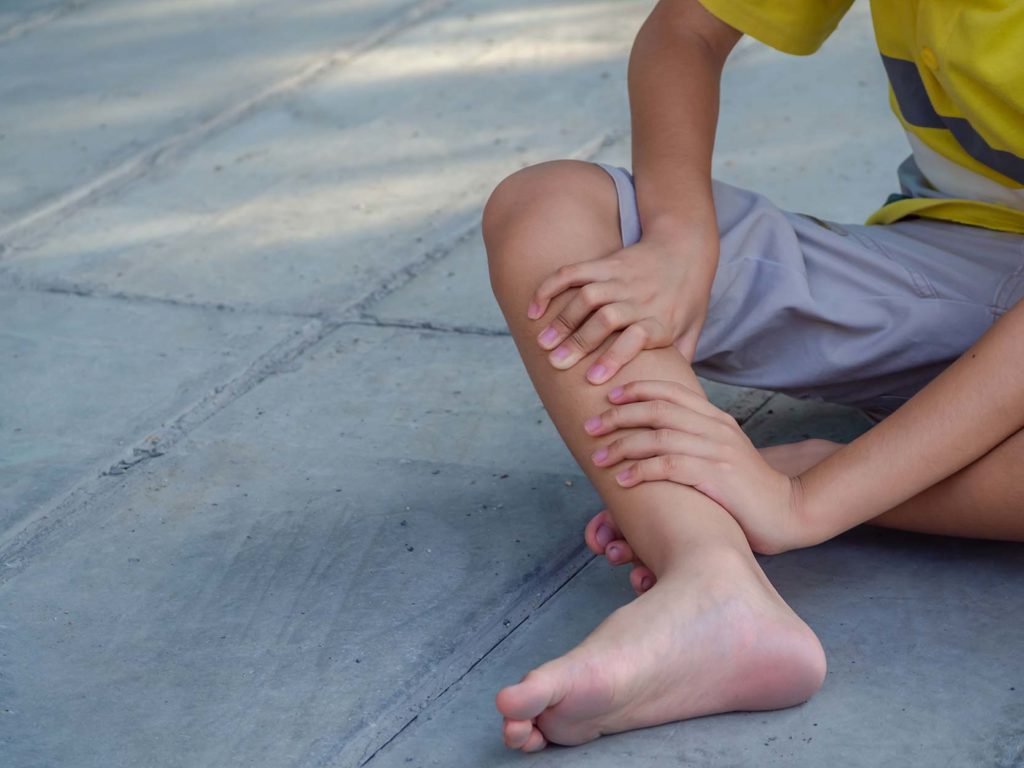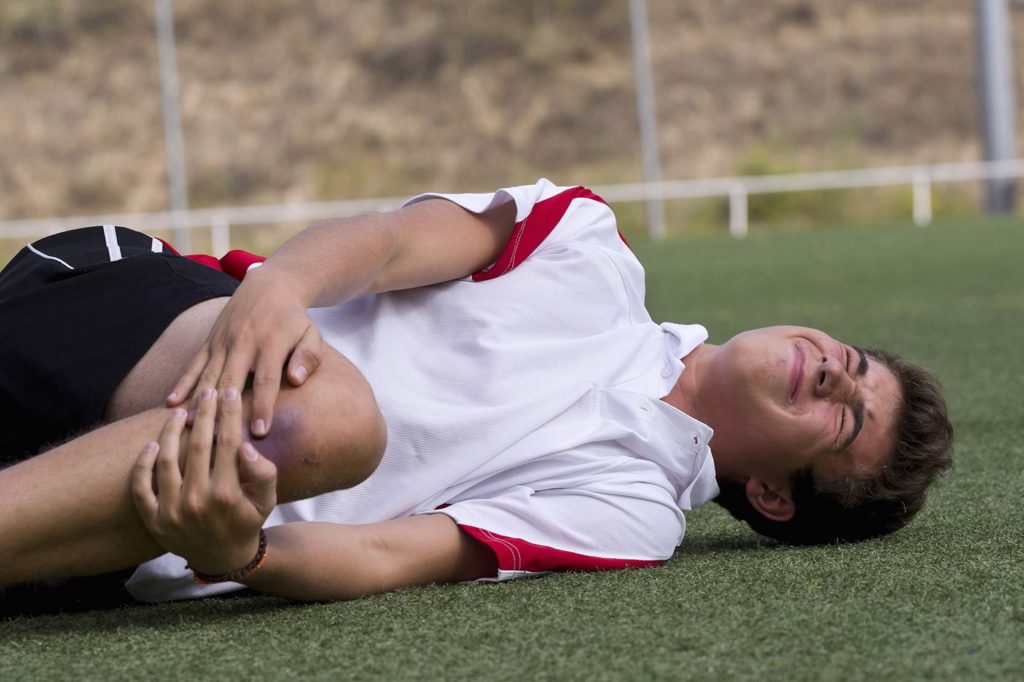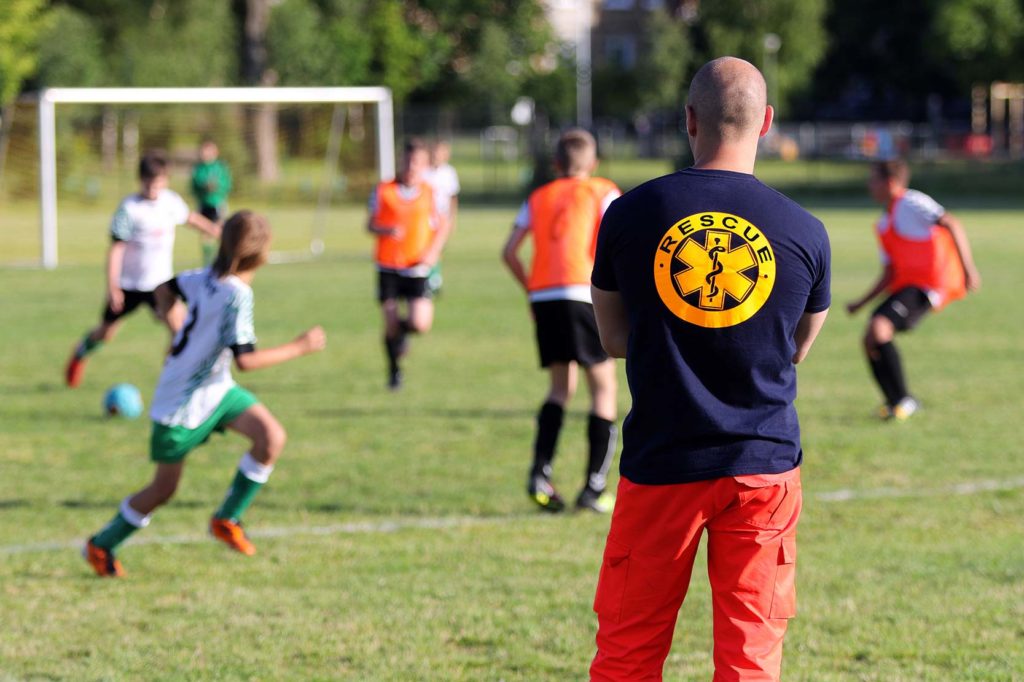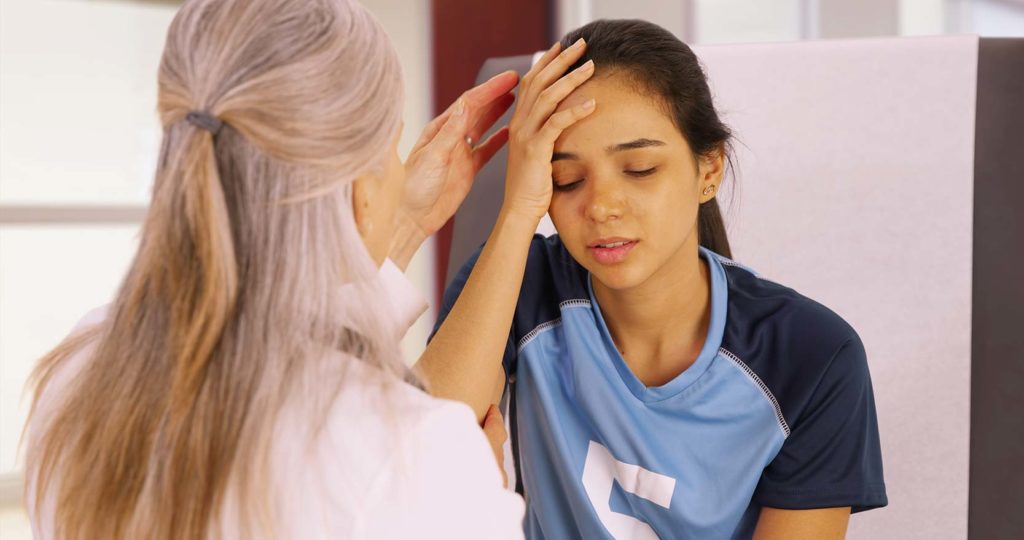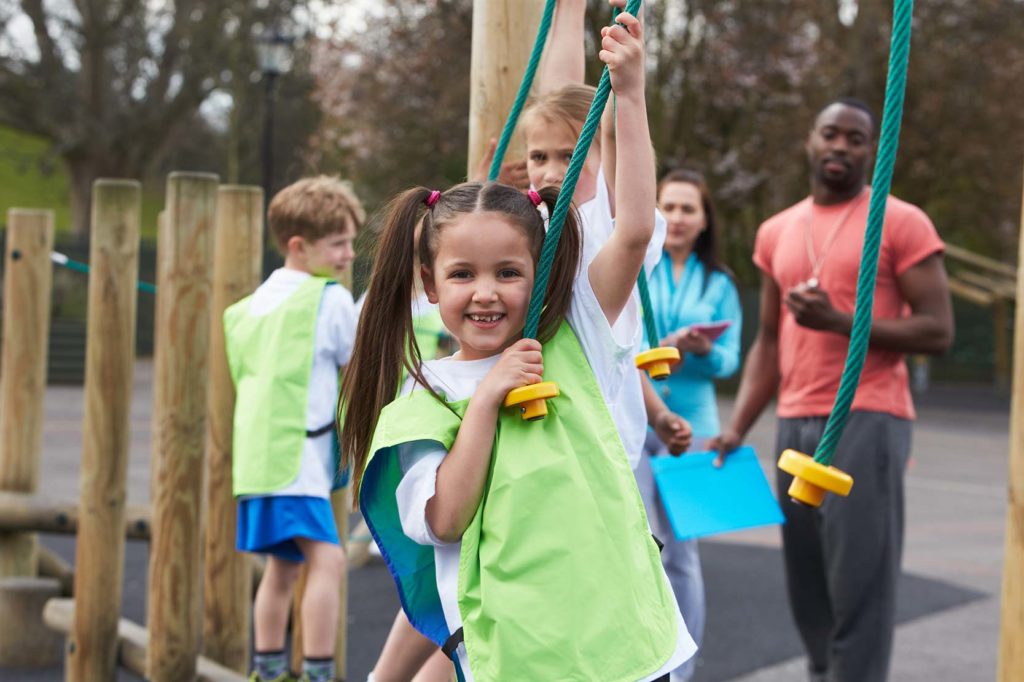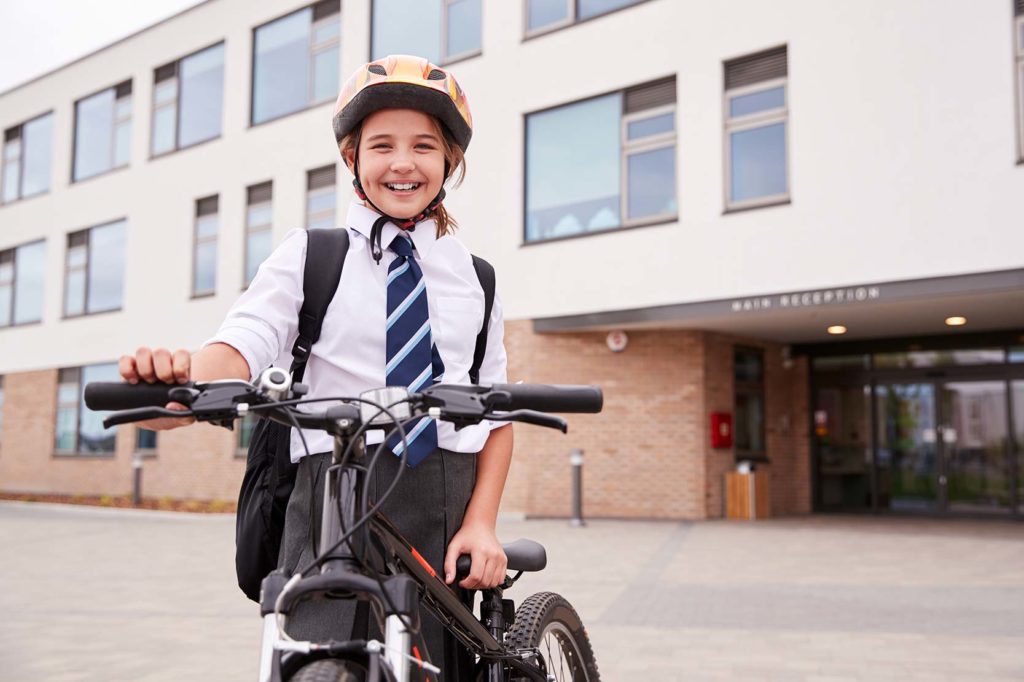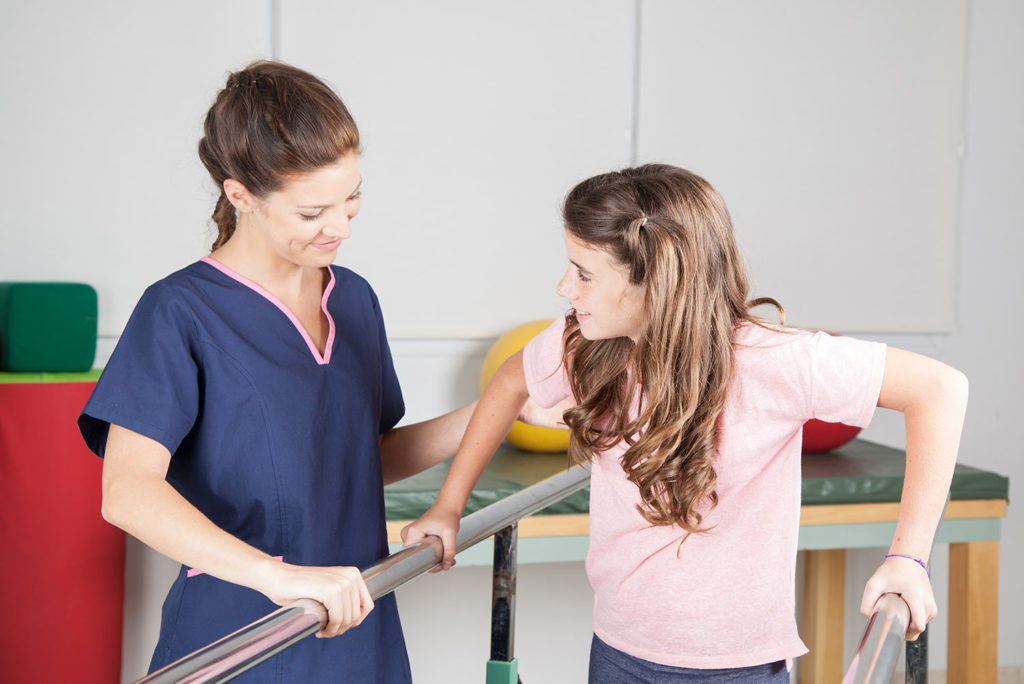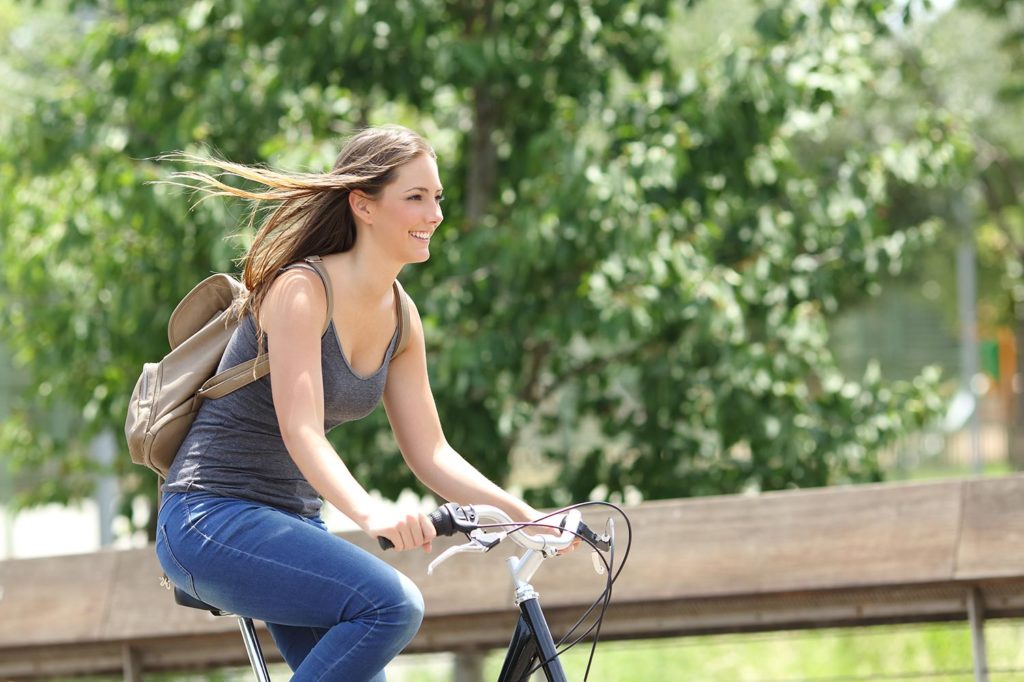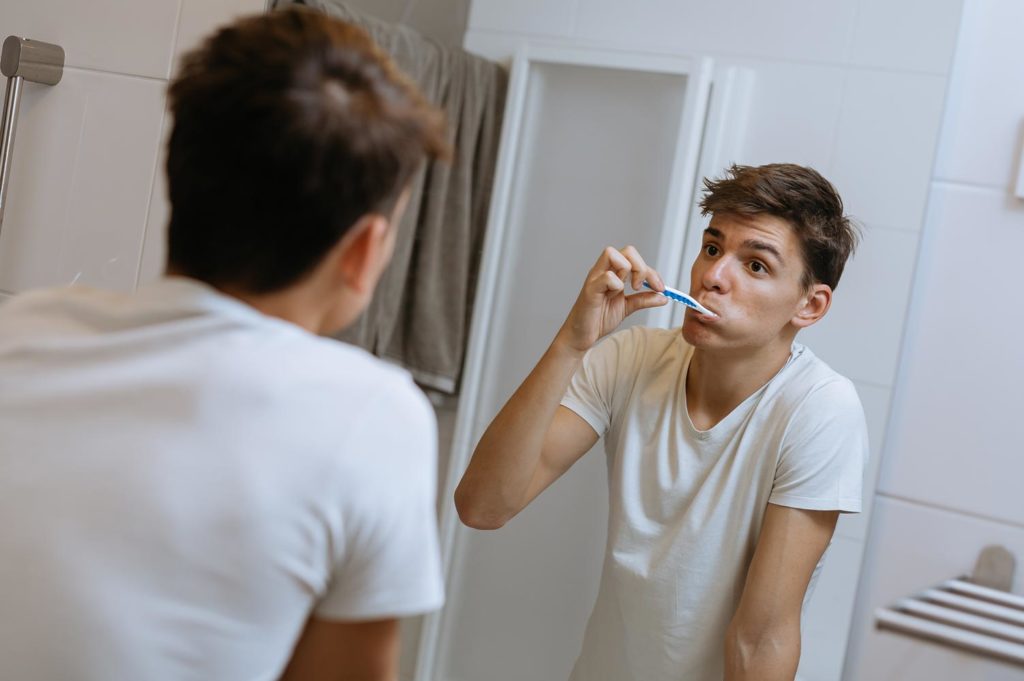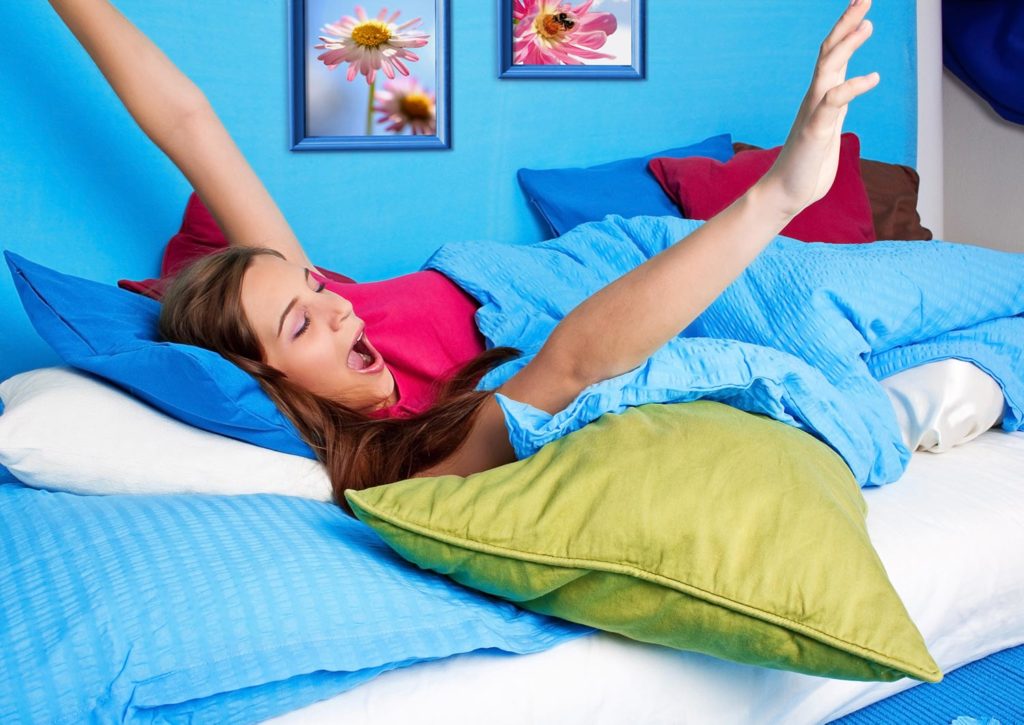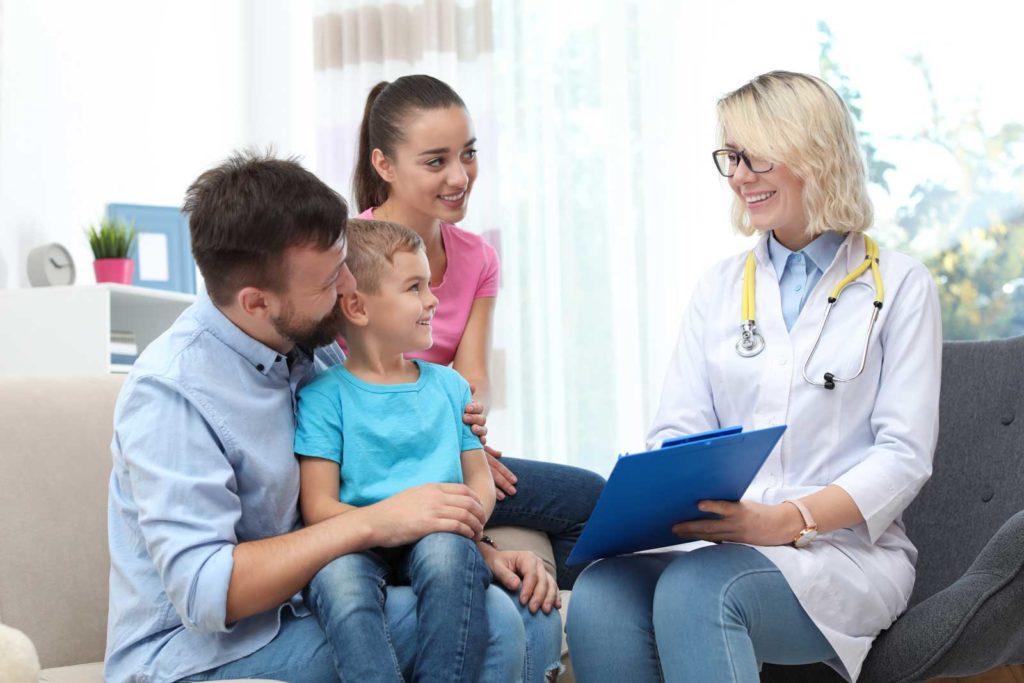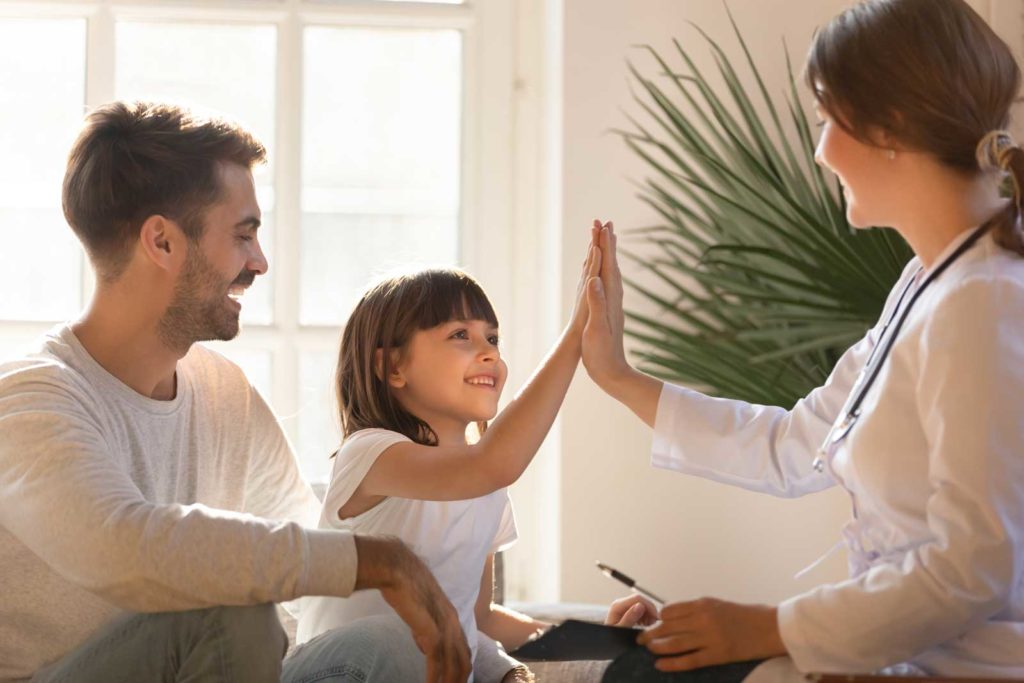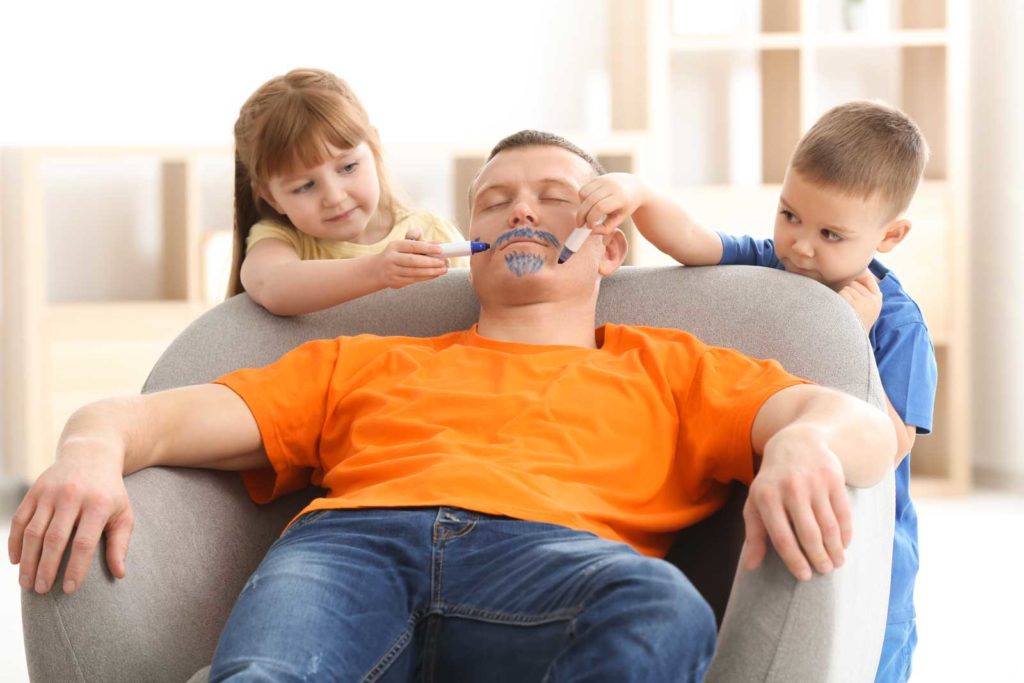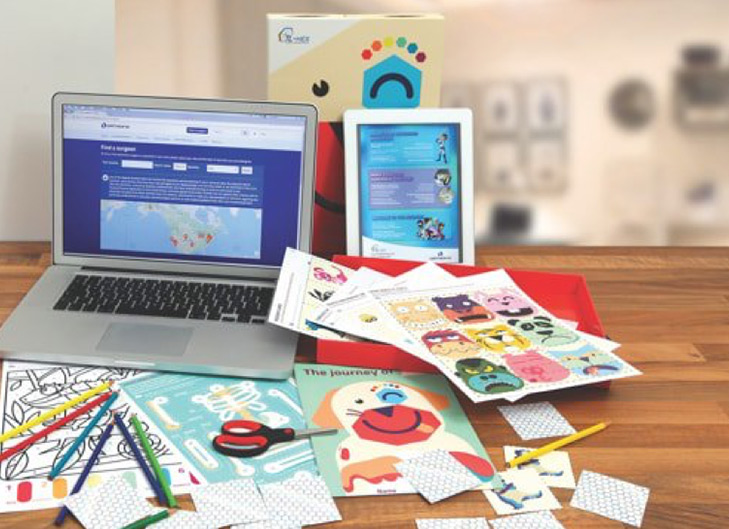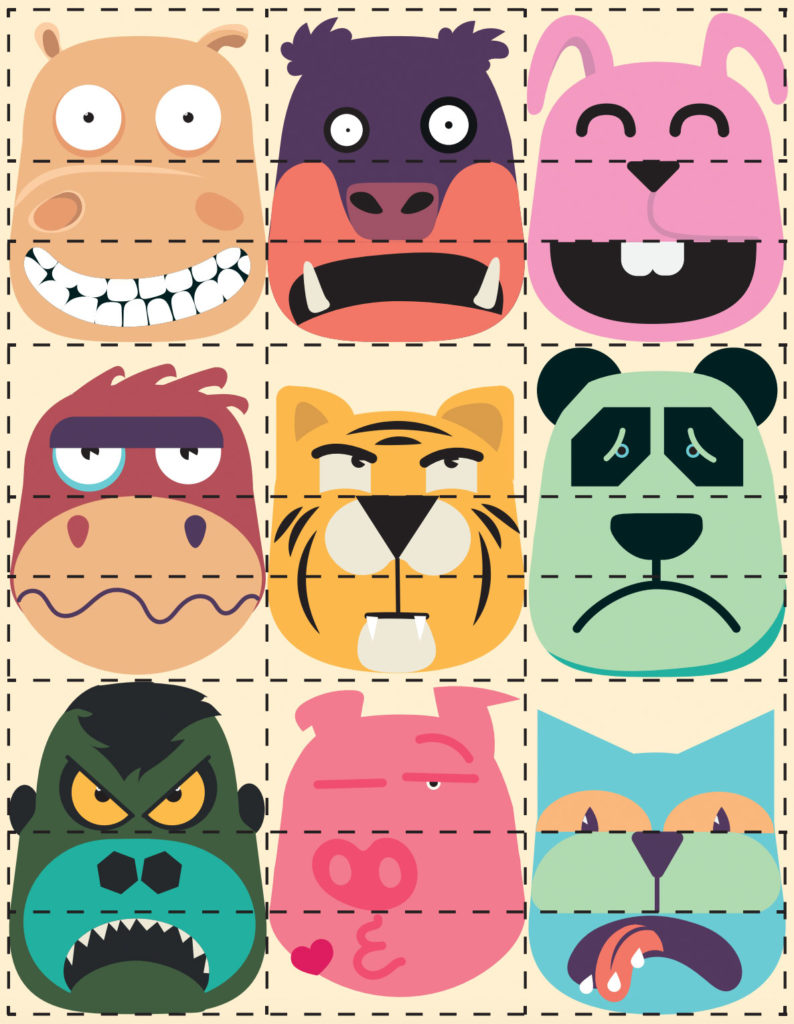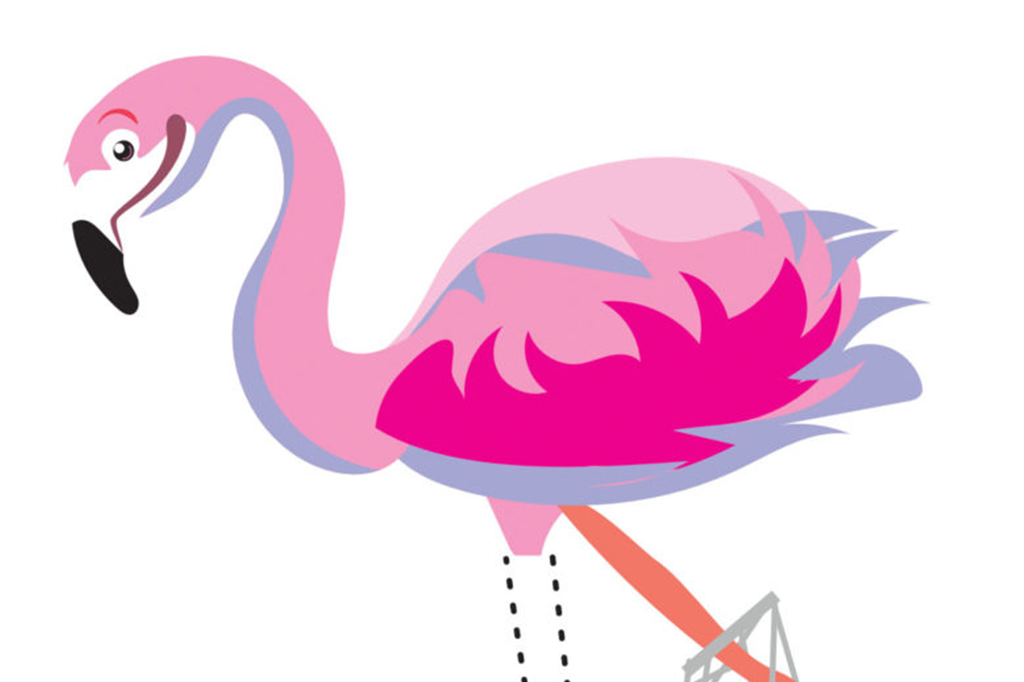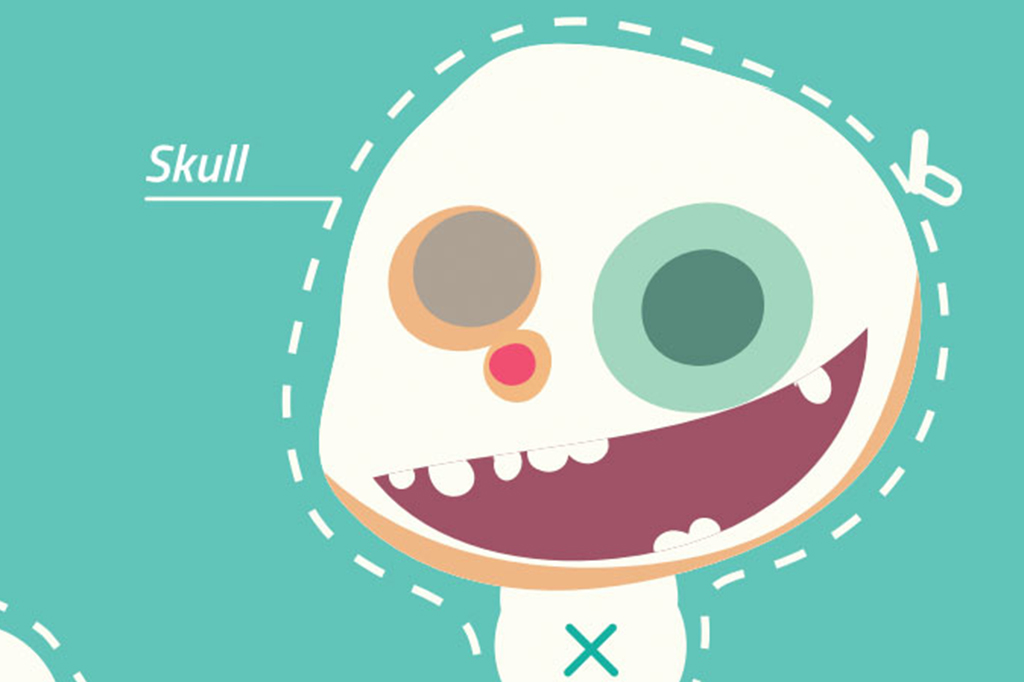Sleep is important for both your brain and your body. It is during sleep that your body spends its time healing, but many teens struggle with getting the 8-10 hours of sleep each night as recommended.
Sleep affects how well you can focus at school, your emotions, your health and your weight. Although there are medical treatments for serious sleep issues, there are things you can do at home to help improve your sleep quality. Below are a few tips on how to get better quality sleep:
Be more active – Whether it be walking to and from school or playing a sport during your lunch break, try to get around 60 minutes of physical exercise a day. This will help decrease stress and relax your body and mind.
Avoid alcohol and drugs – As well as being proven to increase anxiety in some people, alcohol and drugs disrupt your sleep pattern, increase your chances of waking up in the middle of the night and make it harder to get back to sleep.
Social media shutdown – Switching off all your electronic devices or just not using them an hour before going to bed will help your brain relax before it’s time to sleep.
Create a sleep routine – Turn off electronic devices, shower or take a bath, brush your teeth, read for 30 minutes or write in your diary. Anything that helps you wind down before bed is helpful.
Expect a good night’s sleep – Stress triggers insomnia, so the more you worry about not sleeping, the greater the risk you’ll lie awake. It can also help to practice breathing exercises before bed to feel more relaxed.
These are excellent solutions to improve sleep quality. Try it yourself!
What causes sleep problems?
Nightmares. Nightmares are normal and happen to everyone, but frequent nightmares can disrupt sleep by waking someone during the night. The most common triggers for nightmares are stress or anxiety, but also things such as certain medicines, and consuming drugs or alcohol. Sleep deprivation can also lead to nightmares, so it’s important to give yourself at least the recommended 8 hours of sleep per night.
Narcolepsy. Narcolepsy is troublesome because people fall asleep without any kind of warning, making it hazardous to do things like drive. School, work and social life can be affected by unusual sleep patterns. Narcolepsy isn’t commonly diagnosed in teens, but many cases go unrecognized. People have symptoms between the ages of 10 and 25, but may not be properly diagnosed until 10-15 years later. Narcolepsy can be treated with medication and lifestyle changes. If you find yourself having hallucinations, feeling overly sleepy during the day and/or having memory problems, then it’s best you tell your parents of your concerns.
Obstructive Sleep Apnea. A person with obstructive sleep apnea temporarily stops breathing during sleep because their airway becomes narrowed or blocked. The most common cause of obstructive sleep apnea in a teenager is enlarged tonsils or adenoids (tissues located in the passage that connect the nose and throat). Being overweight or obese can also put you at risk. People with this disorder may snore, have difficulty breathing, and sweat during sleep. People who show signs of obstructive sleep apnea should talk to their doctor.
PLMD and RLS. People with periodic limb movement disorder (PLMD) or restless legs syndrome (RLS) find that involuntary leg or arm movements disrupt their sleep, leaving them tired and irritable from lack of sleep. PLMD includes involuntary twitches or jerks: they’re called involuntary because the person isn’t knowingly causing it and is often unaware of the movement. RLS is an actual physical sensation in the limbs, such as tingling, itching, cramping, or burning. The only way they can relieve these feelings is by moving their legs or arms to get rid of the discomfort.
Reflux. In gastroesophageal reflux disease (GERD), stomach acid moves backward up into the esophagus, producing a burning sensation we know as heartburn. GERD symptoms can be worse when lying down.
Sleepwalking. Sleepwalking in teenagers tends to happen when a teenager is sick, has a fever, is not getting enough sleep, or is feeling stressed. It’s not usually a serious problem. Sleepwalkers tend to go back to bed on their own and don’t usually remember sleepwalking. Sometimes sleepwalker will need help moving around obstacles and getting back to bed. Waking sleepwalkers can startle them (but it isn’t harmful), so try to guide a sleepwalker back to bed gently.
What happens during sleep?
While you’re asleep, your brain is still active. As we sleep, our brains pass through five stages. Stages 1, 2, 3, 4 and REM (rapid eye movement) sleep make up a sleep cycle. One complete sleep cycle lasts about 90 to 100 minutes. During an average night’s sleep, a person will experience about four or five sleep cycles.
Stages 1 and 2 are periods of light sleep where it’s possible to wake up easily: eye movement slows down and eventually stops, your heart and breathing rate also slow down, and body temperature decreases.
Stages 3 and 4 are deep sleep stages: it’s more difficult to wake up, and if awakened a person will often feel groggy and confused. They are the most refreshing of the sleep stages – it’s this type of sleep that we crave when we are very tired.
The final stage of the sleep cycle is called REM sleep because of the rapid eye movements that occur during this stage. During REM sleep, other changes take place – breathing becomes rapid, the heart beats faster, and the limb muscles don’t move.
Why do I have trouble sleeping?
Studies have found that teens’ brains are more active later in the evening, which is why so many find it hard to sleep earlier in the evening. During adolescence, the body’s circadian rhythm (the internal biological clock) is reset, telling a teen to fall asleep later at night and wake up later in the morning. This change in the circadian rhythm seems to happen because a teen’s brain makes the hormone melatonin later at night than the brains of kids and adults. Because a teenager’s melatonin is made later at night, teens have a harder time falling asleep earlier in the night. Sometimes the delay in the sleep-wake cycle is so severe that it can affect daily activities, and it’s called delayed sleep phase syndrome or ‘night owl’ syndrome. Teens can suffer from insomnia from time to time. The most common causes of sleep problems are stress and a poor sleeping environment where the bedroom is too cold, hot or noisy. Poor diet and exercise can also be contributing factors.
Chronic insomnia is insomnia that lasts longer than a month, and can be caused by other different issues, including medical conditions, mental-health problems, side effects of medication or substance abuse. Worrying about the insomnia can make it worse. A brief period of insomnia can build into something that lasts longer when a person becomes anxious about not sleeping or worried about feeling tired the next day. Doctors call this psychophysiologic insomnia.
What can I do to prevent my sleep problems?
If you regularly have sleep problems, talk to your parents and see your doctor to find the best solution for your issue. You may need to visit your doctor if you think you are getting enough rest at night, but you still feel tired during the day.




